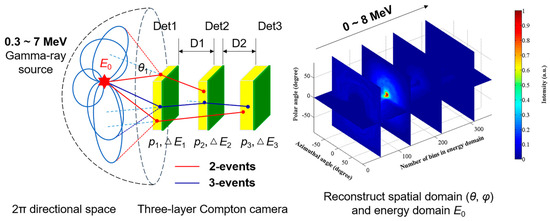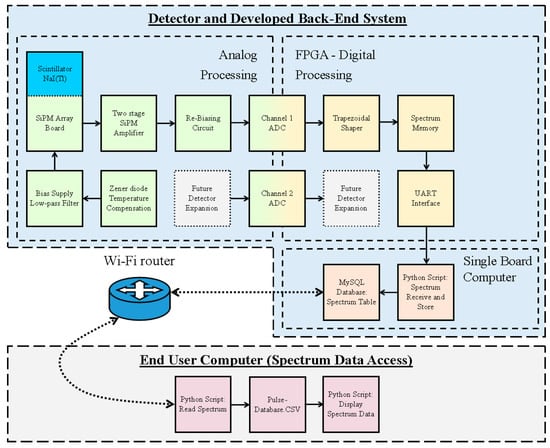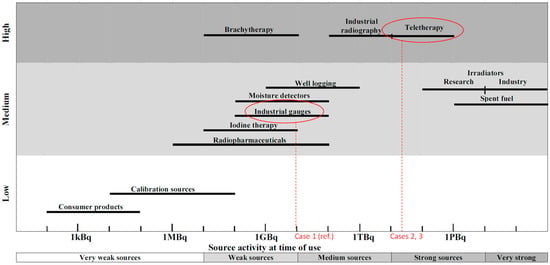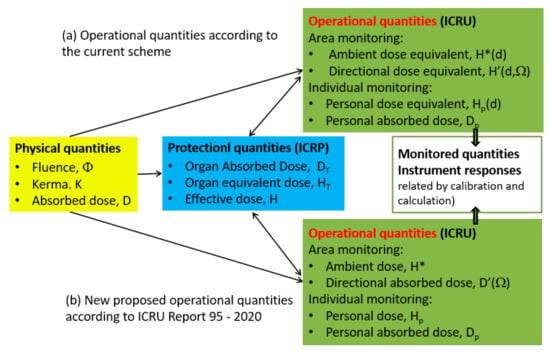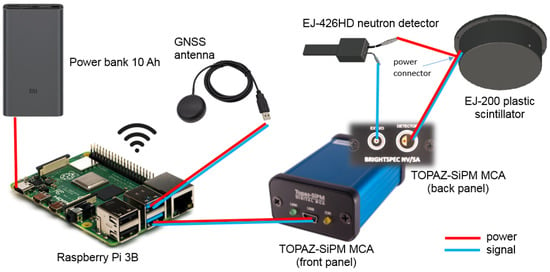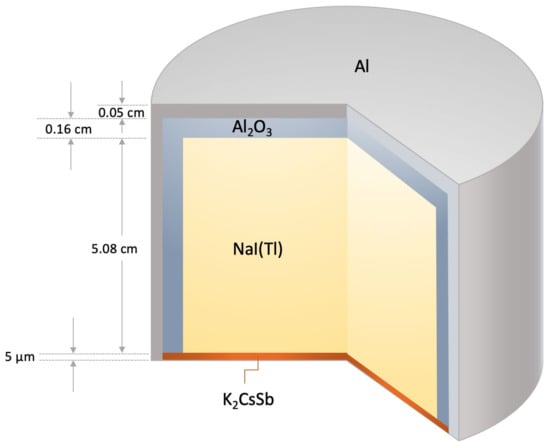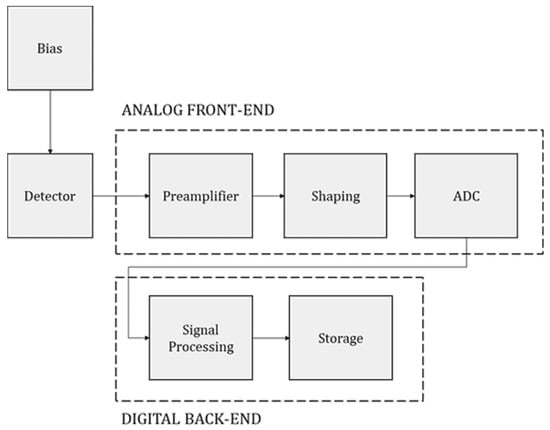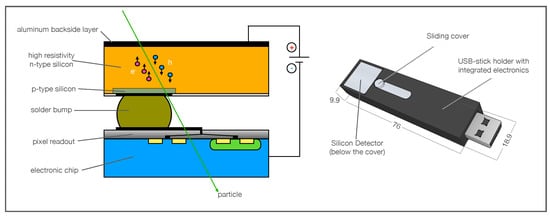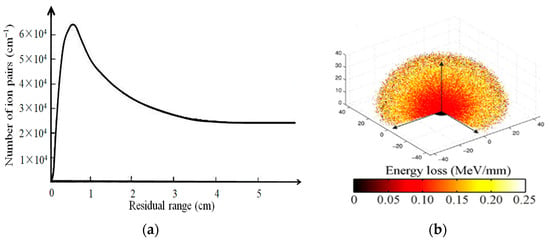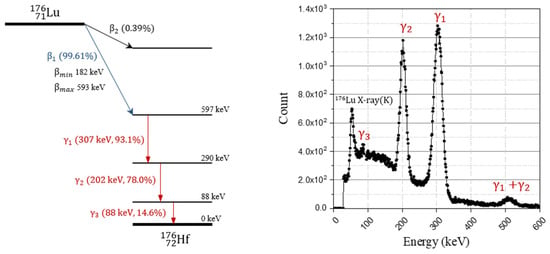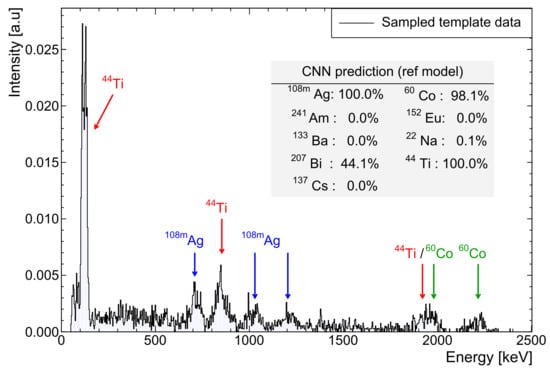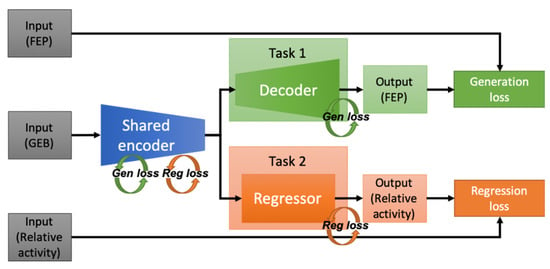Measurements, Instrumentation, Sensing and Simulation Techniques for the Detection of Radiation
A topical collection in Sensors (ISSN 1424-8220). This collection belongs to the section "Physical Sensors".
Viewed by 34024Editors
Interests: CBRNe security and safety; software for the prediction of radiological/nuclear dispersion/diffusion; nuclear measures; nuclear instrumentations
Special Issues, Collections and Topics in MDPI journals
Interests: experimental nuclear physics/astrophysics; implementation of novel detection and analysis techniques; medical isotopes production; applications and industry-related nuclear decommissioning
Topical Collection Information
Dear Colleagues,
This collections will host original papers on both, fundamental and applied research and reviews regarding the design, construction and use of instrumentation, methodologies and techniques for the detection of nuclear radiation generated by natural and artificial radionuclides or by nuclear reactions used in several application fields (energy, medicine, industry, security and safety). The papers can be oriented also on: the design and construction of systems for innovative nuclear measurements; the measurements and instrumentation for nuclear plants; the measurements and instrumentation used in nuclear decommissioning or waste management; the applications of radioisotopes in industrial and non-industrial fields; the detection of environmental radioactivity and nuclear metrology; safety and protection from radiation (Radioprotection); the geological, archaeological and environmental dating; methods and detection techniques for radioecology; the sensing techniques and instrumentation for biomedical application; radiometric measurements including gamma and particle emissions; the development and performance of nuclear instrumentation including radiation spectrometry, dosimetry and novel counting systems.
Dr. Andrea Malizia
Dr. Tzany Kokalova Wheldon
Guest Editors
Manuscript Submission Information
Manuscripts should be submitted online at www.mdpi.com by registering and logging in to this website. Once you are registered, click here to go to the submission form. Manuscripts can be submitted until the deadline. All submissions that pass pre-check are peer-reviewed. Accepted papers will be published continuously in the journal (as soon as accepted) and will be listed together on the collection website. Research articles, review articles as well as short communications are invited. For planned papers, a title and short abstract (about 100 words) can be sent to the Editorial Office for announcement on this website.
Submitted manuscripts should not have been published previously, nor be under consideration for publication elsewhere (except conference proceedings papers). All manuscripts are thoroughly refereed through a single-blind peer-review process. A guide for authors and other relevant information for submission of manuscripts is available on the Instructions for Authors page. Sensors is an international peer-reviewed open access semimonthly journal published by MDPI.
Please visit the Instructions for Authors page before submitting a manuscript. The Article Processing Charge (APC) for publication in this open access journal is 2600 CHF (Swiss Francs). Submitted papers should be well formatted and use good English. Authors may use MDPI's English editing service prior to publication or during author revisions.
Keywords
- radiation measurement
- detection
- simulations
- radionuclides
- instrumentation
- metrology
- radioprotection
- gamma and particle spectroscopy







